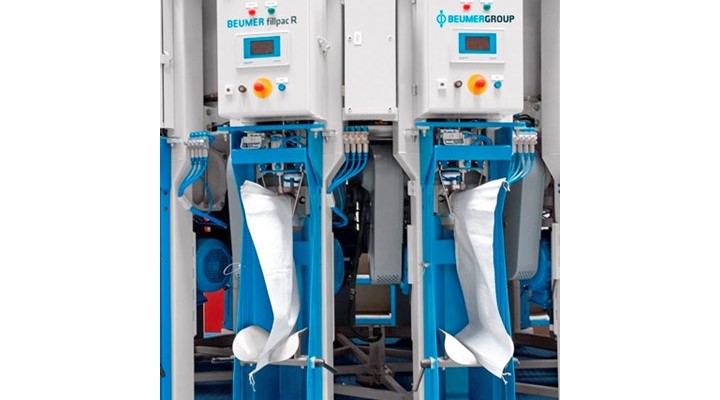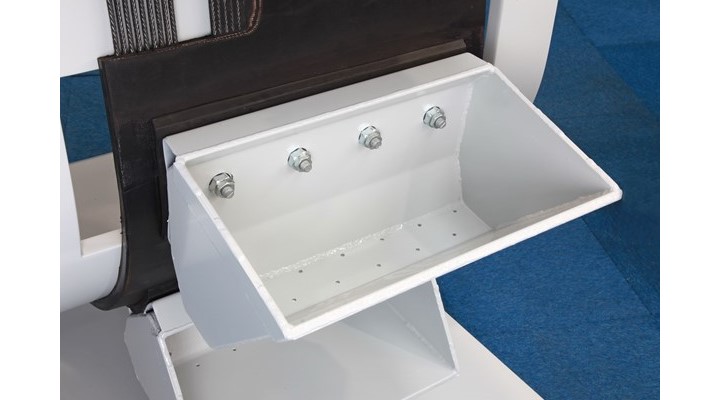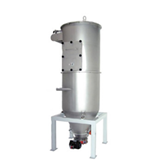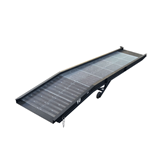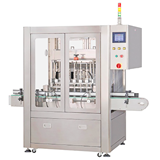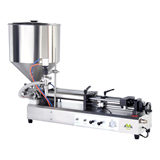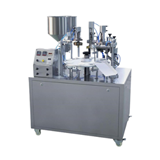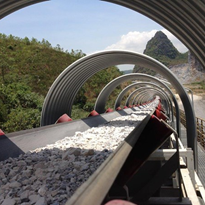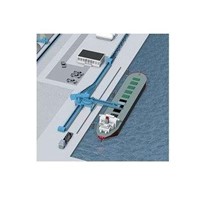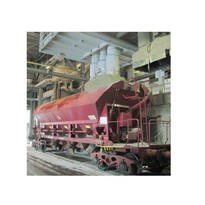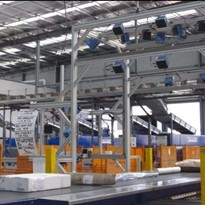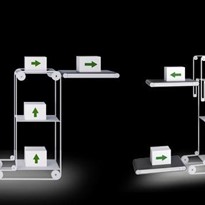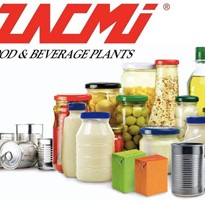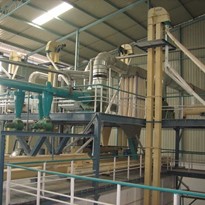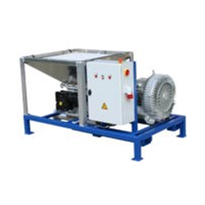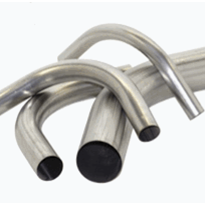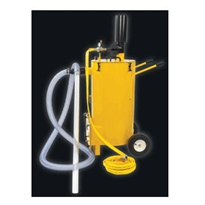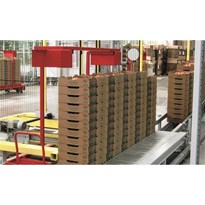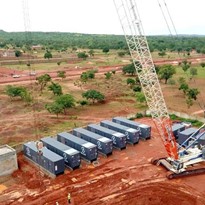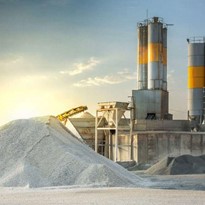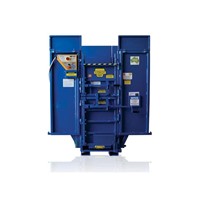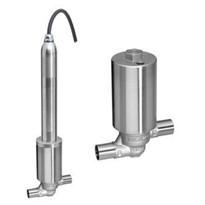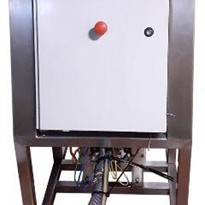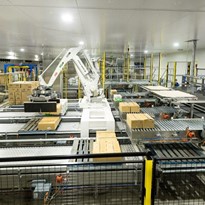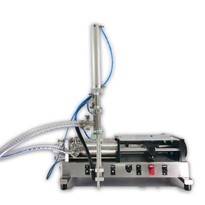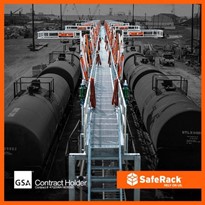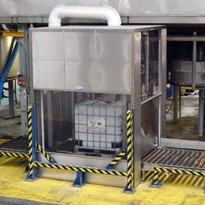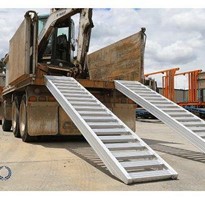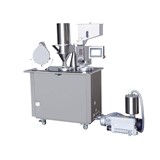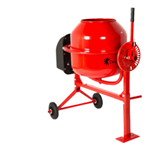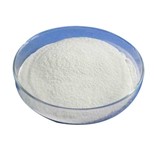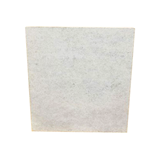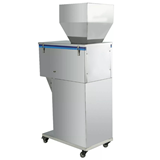As a system supplier, BEUMER Group develops solutions perfectly adapted to meet cement plant requirements. This includes conveying, loading and filling systems that are offered in different versions for various tasks, which are continuously optimised by our engineers in Beckum, Germany. Our goal is to make our customers' operations more efficient. Users have to face for example less maintenance, an increase in bucket elevator capacity and achieve more precise filling results.
More compact and more powerful
The basis for this variant is our proven BEUMER belt technology, which is also used in bucket elevators. The belt is reinforced with steel wires and can be designed in different widths. In the material feed area, special deflector plates protect the belt against hot coating that collapses when the kiln is not in continuous use. "With up to 1,300 cubic metres of clinker per hour, belt apron conveyors achieve a higher conveying capacity than conventional apron conveyors," describes Michael Brachthäuser. This can be attributed to a higher running speed of up to 0.6 meter per second. Angles of inclination of up to 60 degrees are also possible. Wear and tear that occurs frequently on a chain can be practically eliminated when using a belt and lubricating the system is not necessary. The lighter and more compact design of this solution reduces the costs for the steel structure and the entire project. The entire belt lies with its surface on the drive and return pulley, thus, the unwanted polygon effect caused by the central chain is avoided. This ensures quiet running and low noise emission, and prevents additional exposure of the plant and adjacent buildings to load vibrations and noise.
The BEUMER belt apron conveyor is an optimal choice for system modernisations. Thanks to faster conveying speeds, higher quantities of material can be transported while keeping the existing conveyor frames and steel bridges. "A concrete example: An apron conveyor with a chain of 1,600 millimetres width and 131 meter centre distance weighs 128 tons," explains Michael Brachthäuser. The steel structure weighs about 80 tons. An 800 x 131 metre belt apron conveyor capable of conveying the same capacity weighs only 90 tons – that is 38 tons less than the chain version. For the belt version, the net costs for the equipment are 25 percent lower, as the steel structure is approximately 30 tons lighter and weighs only 50 tons. A smaller drive unit can be used due to the reduced size, which further lowers the operational costs compared to conventional apron conveyors.
How to increase the capacity of belt bucket elevators...


